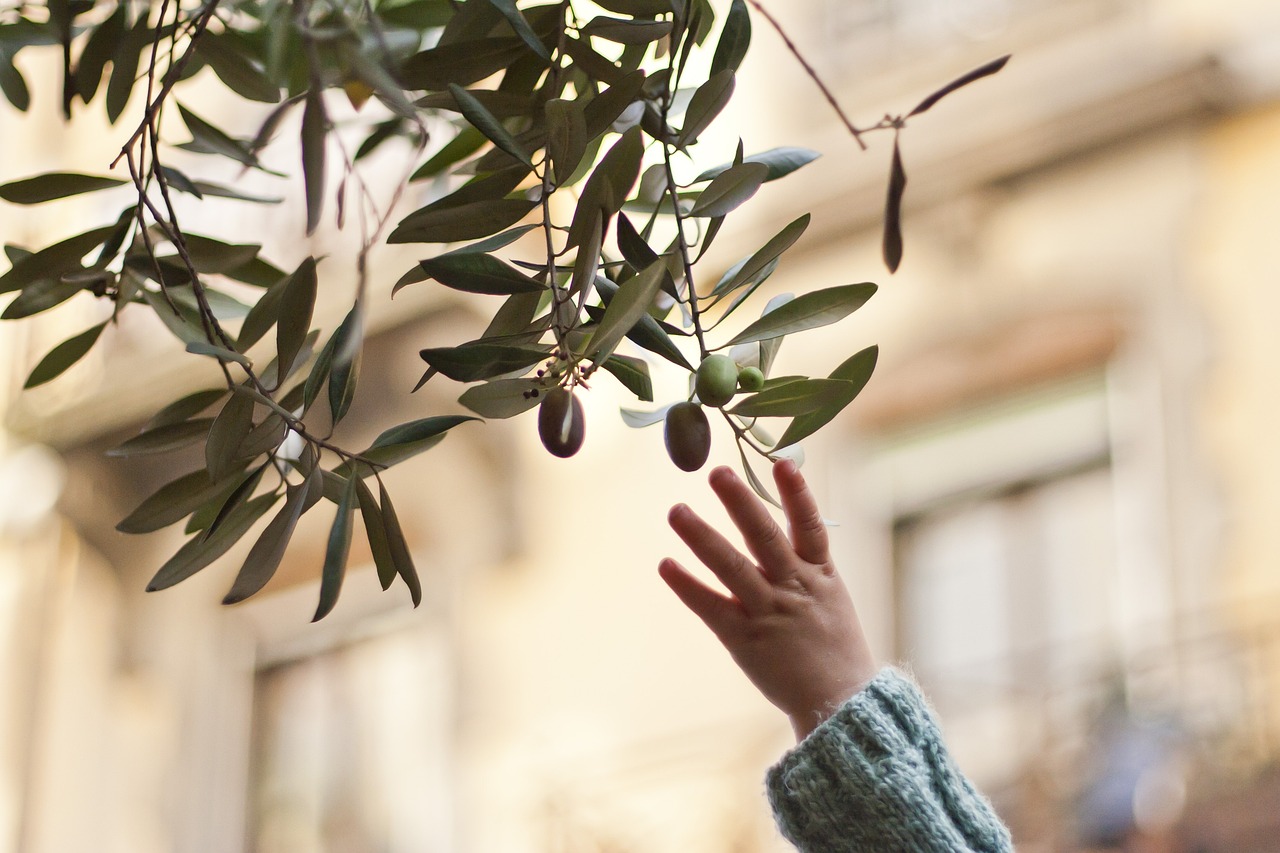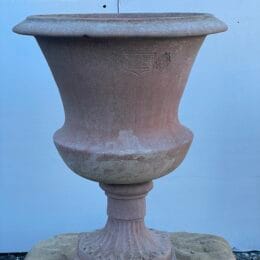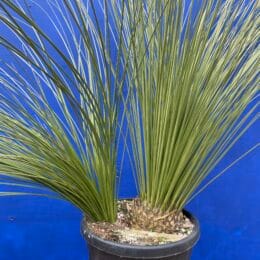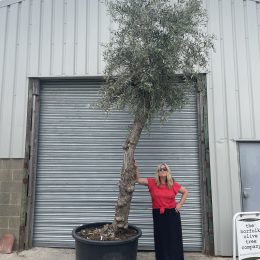What is Olea europaea?
Olea europaea is a small evergreen tree, commonly called the ‘olive tree’. It’s native to the Mediterranean but widely cultivated all around the world. Although its mostly known for producing delicious olive fruits, it’s also used for making world famous oil. The Olea europaea tree has become a staple for food in both Mediterranean and British cuisine.
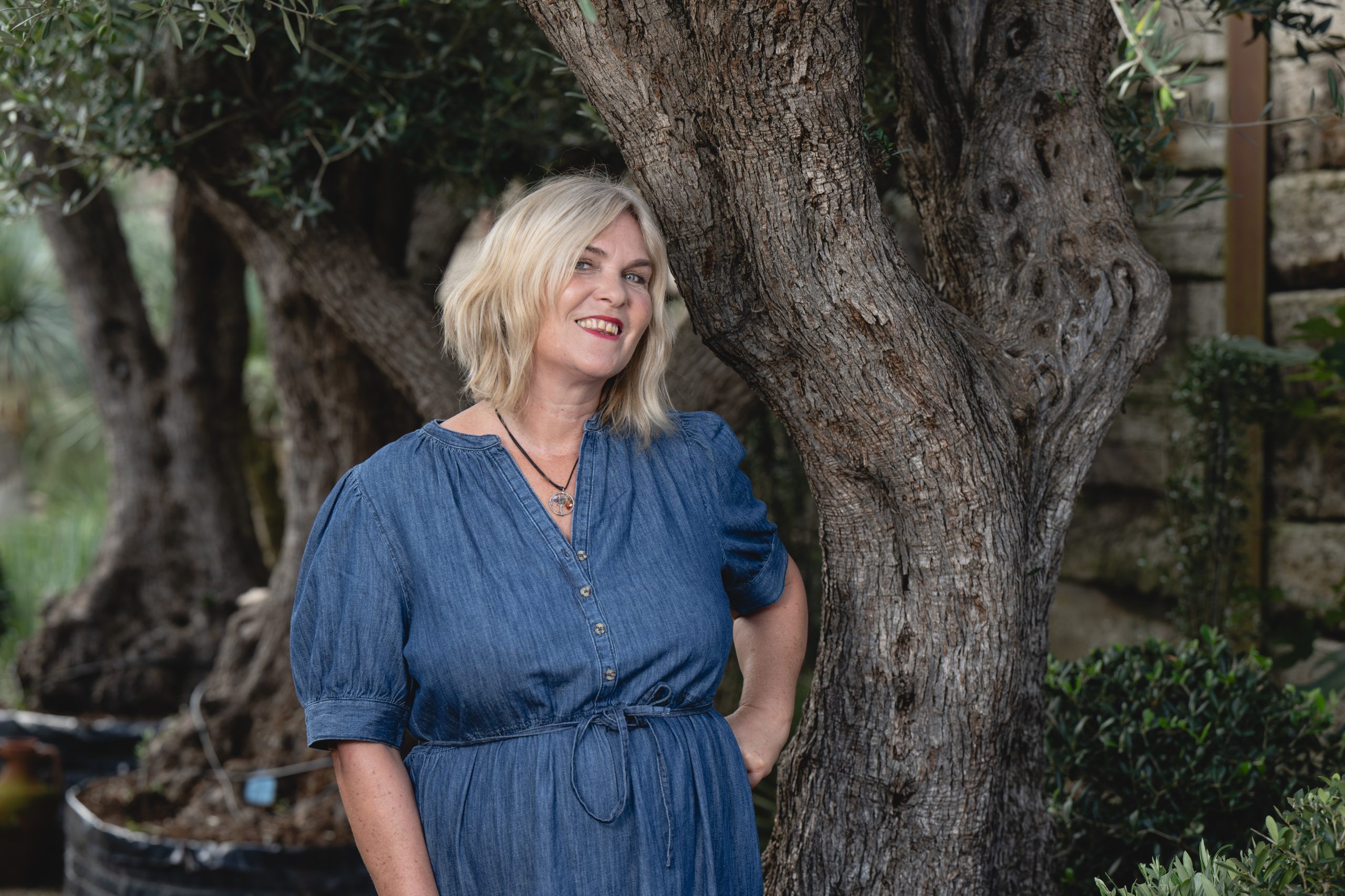
Olea europaea Facts.
The olive tree is slow growing, but it can grow up to 15 feet tall, but can be pruned to a shorter height. Olea europaea is known for its longevity, with some specimens known to live for thousands of years. In fact, the oldest known olive tree in the world is estimated to be over 2,000 years old. In addition to its culinary uses, the olive tree has a long history of medicinal use. Olive oil has been used for its health benefits for centuries. And studies suggest that it can help reduce the risk of heart disease, lower cholesterol levels, and improve brain function.

How hardy is an olive tree?
Olive trees are extremely hardy and can withstand harsh growing conditions, including drought, poor soil quality, and high temperatures. They are also resistant to pests and diseases, making them an ideal low-maintenance tree. However, they do require a long growing season, with the fruit taking up to 8 months to mature.
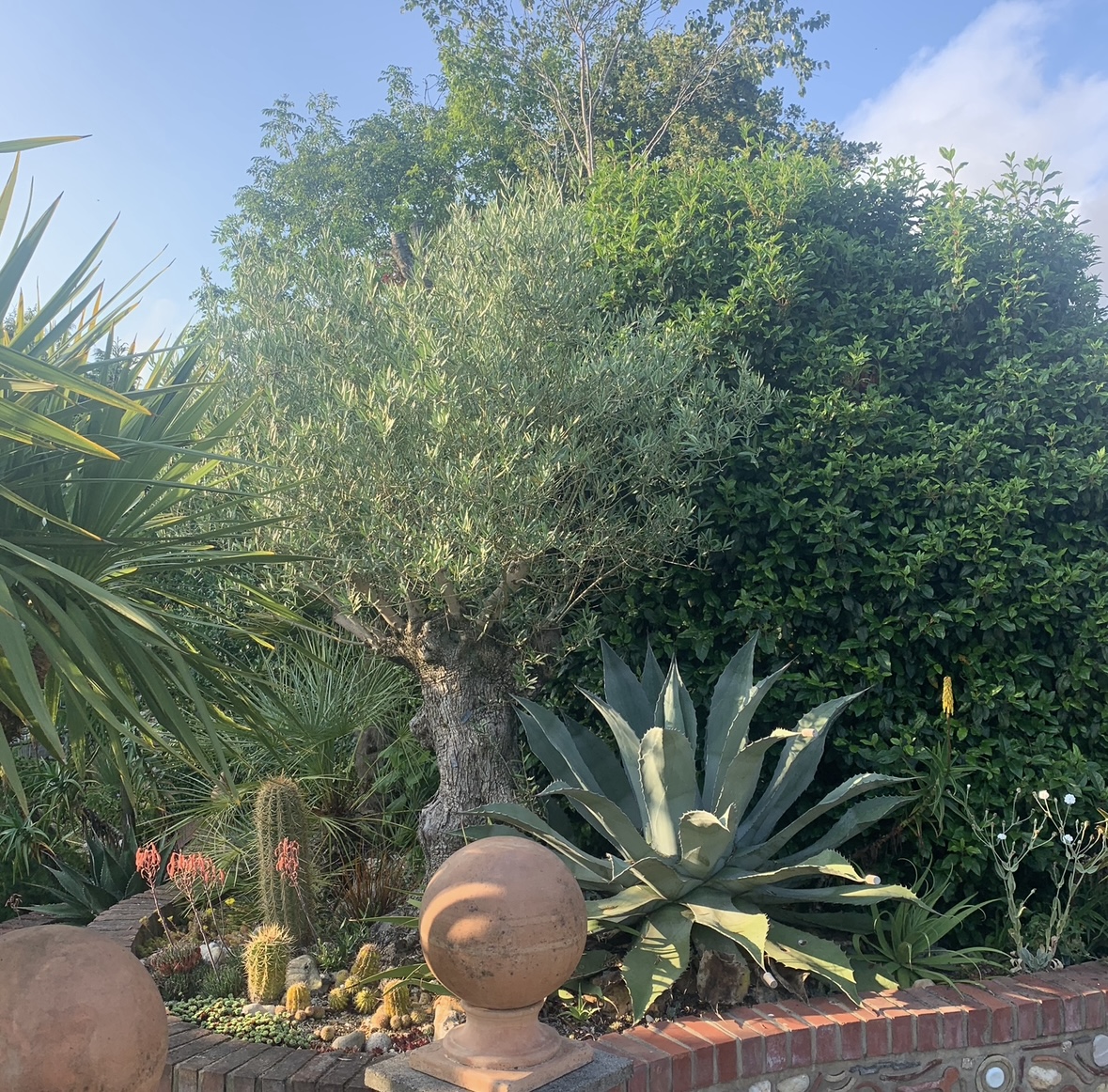
Olive trees and the environment
Olive trees benefits the environment in many ways. Like all trees, olive trees absorb carbon dioxide from the atmosphere reducing the amount of greenhouse gas. Olive groves also provide a habitat for a wide range of plants and animals but can also provide shelter for birds and insects. In addition to this the leaves and branches help to protect soil from direct sunlight and rainfall, reducing erosion.
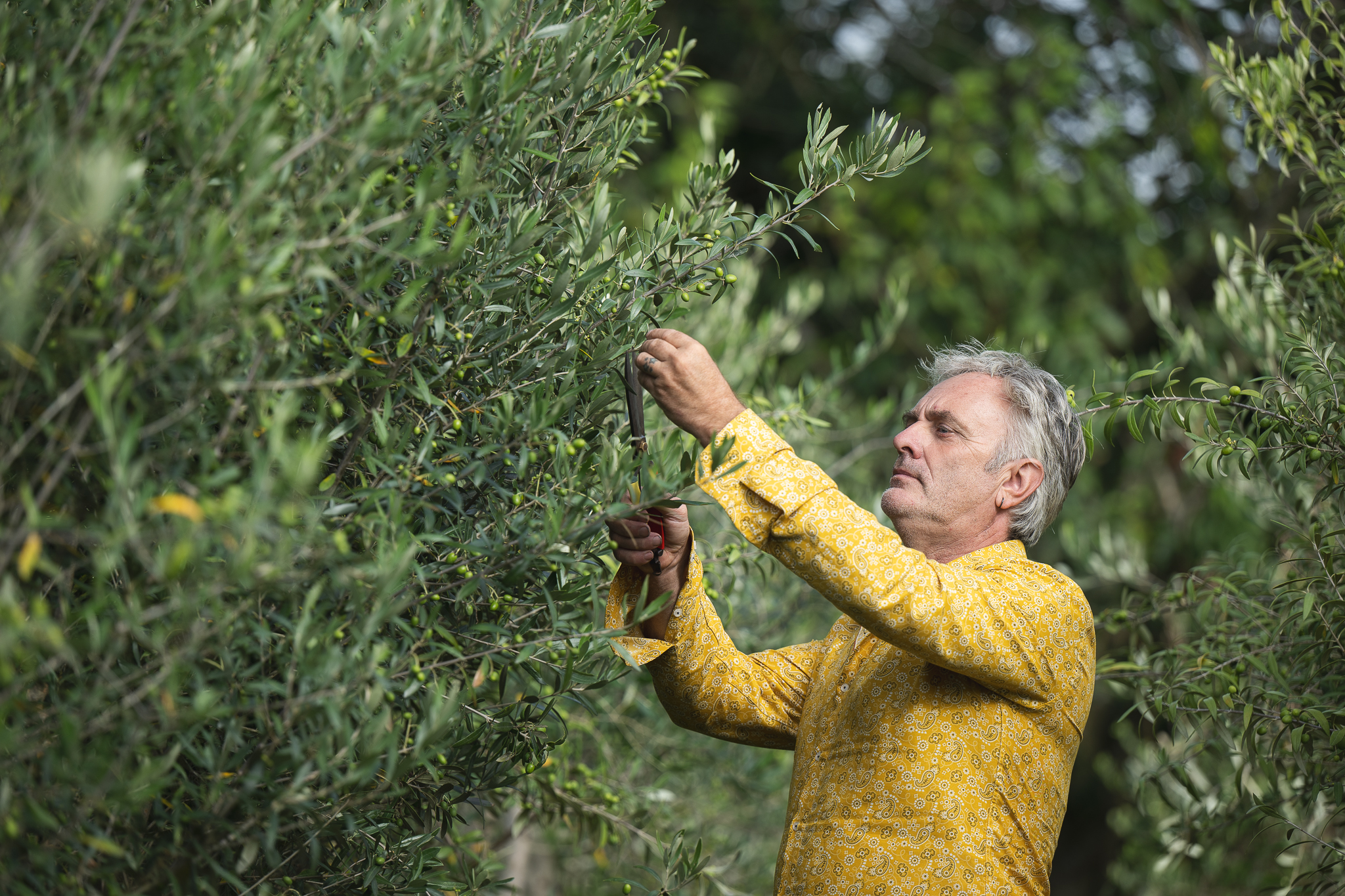
Overall, olive trees not only help the environment but also add a striking addition to any outside space. Browse our current stock today.
I

